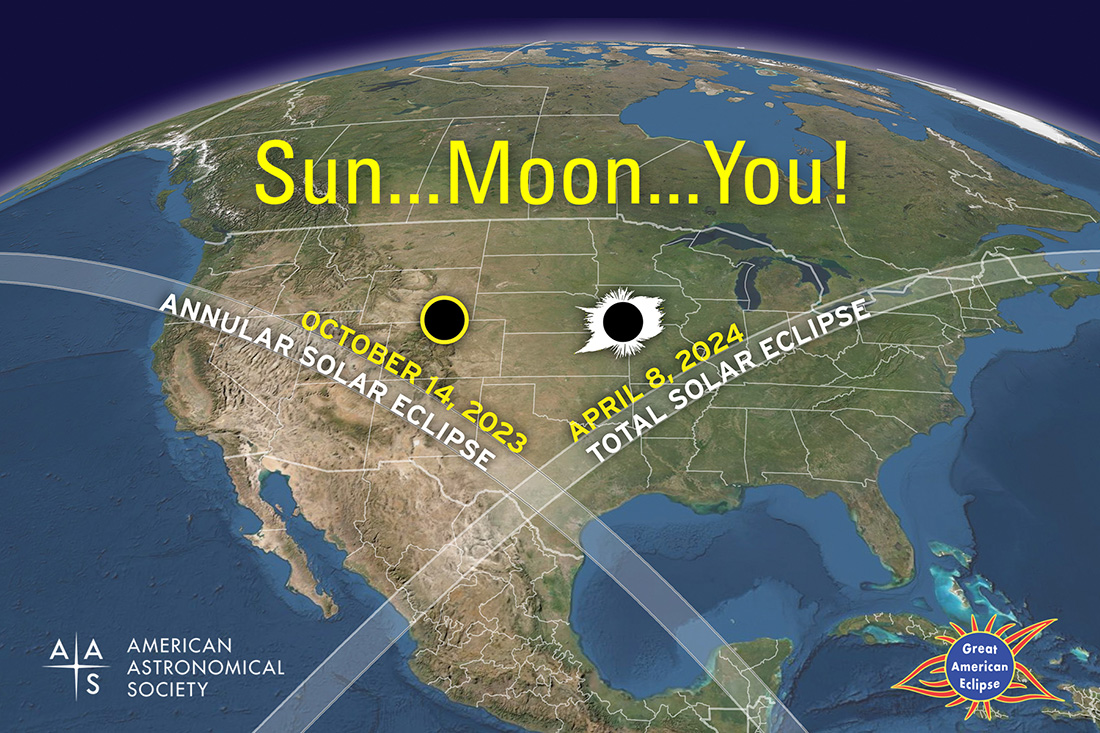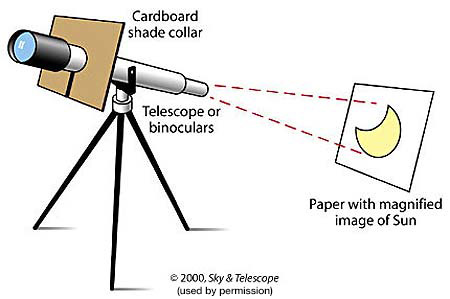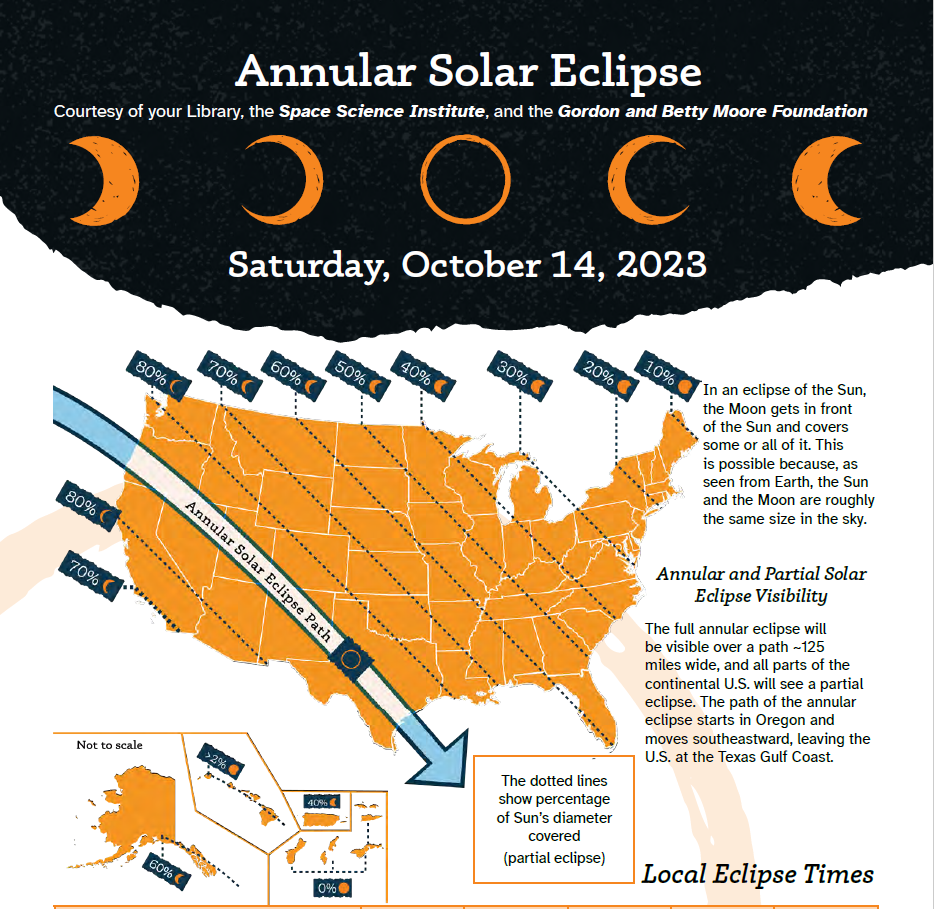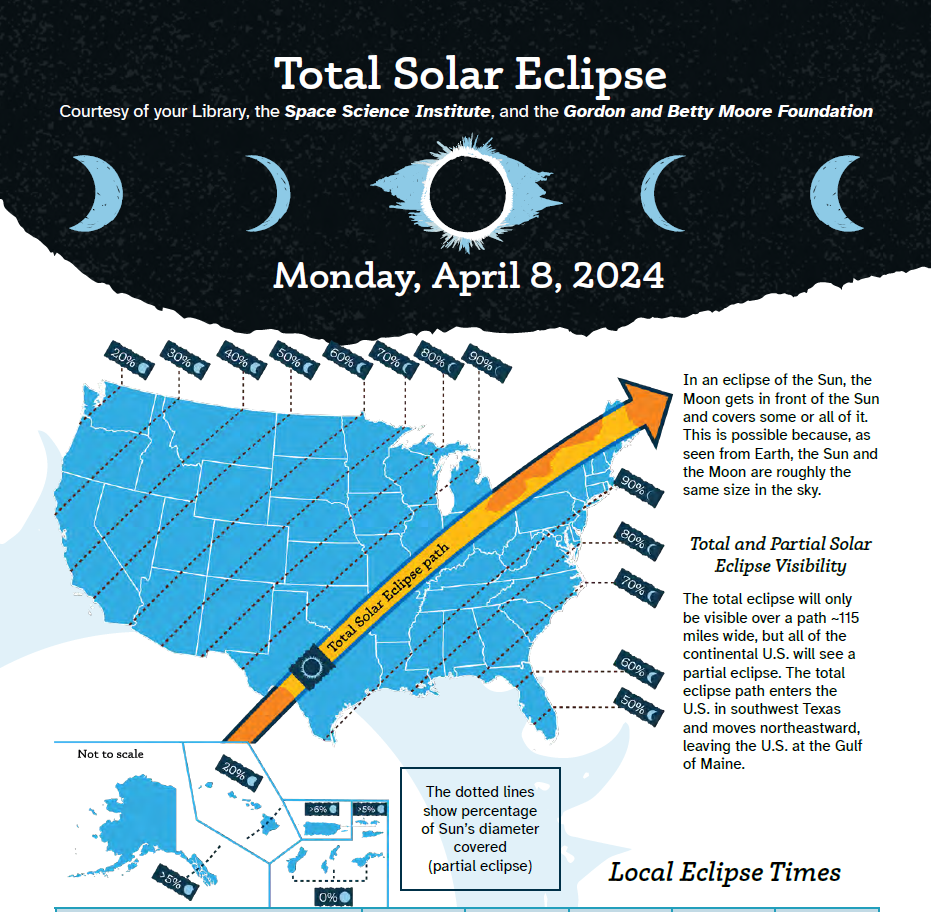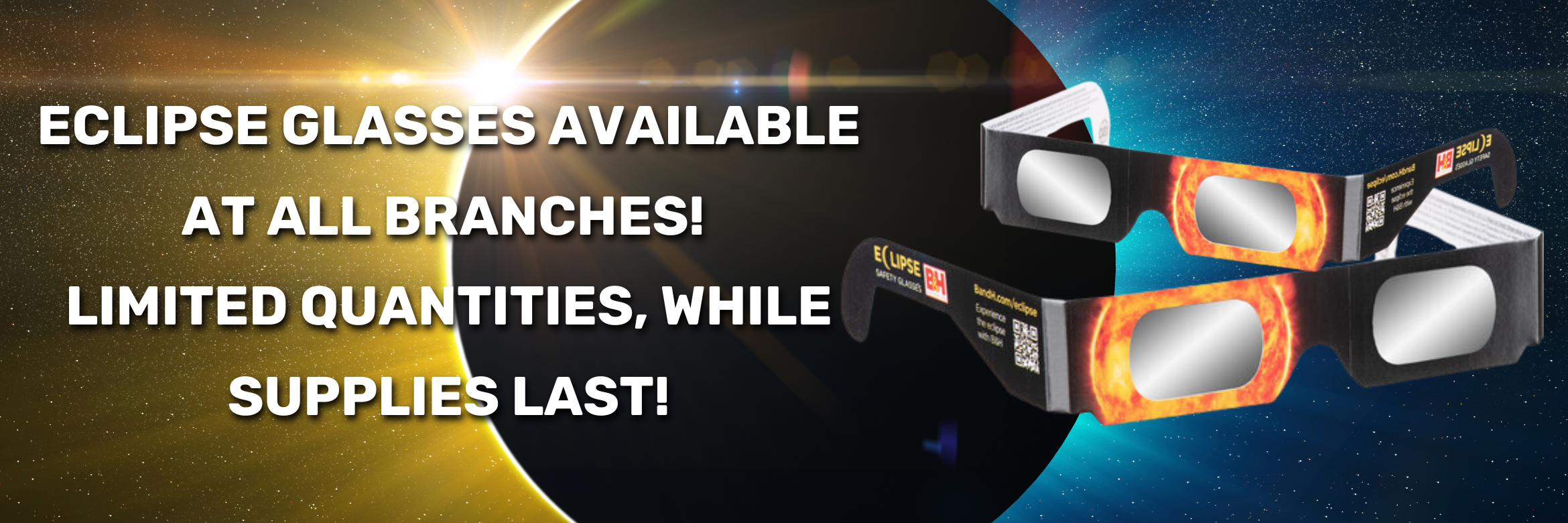Solar Eclipse 2024
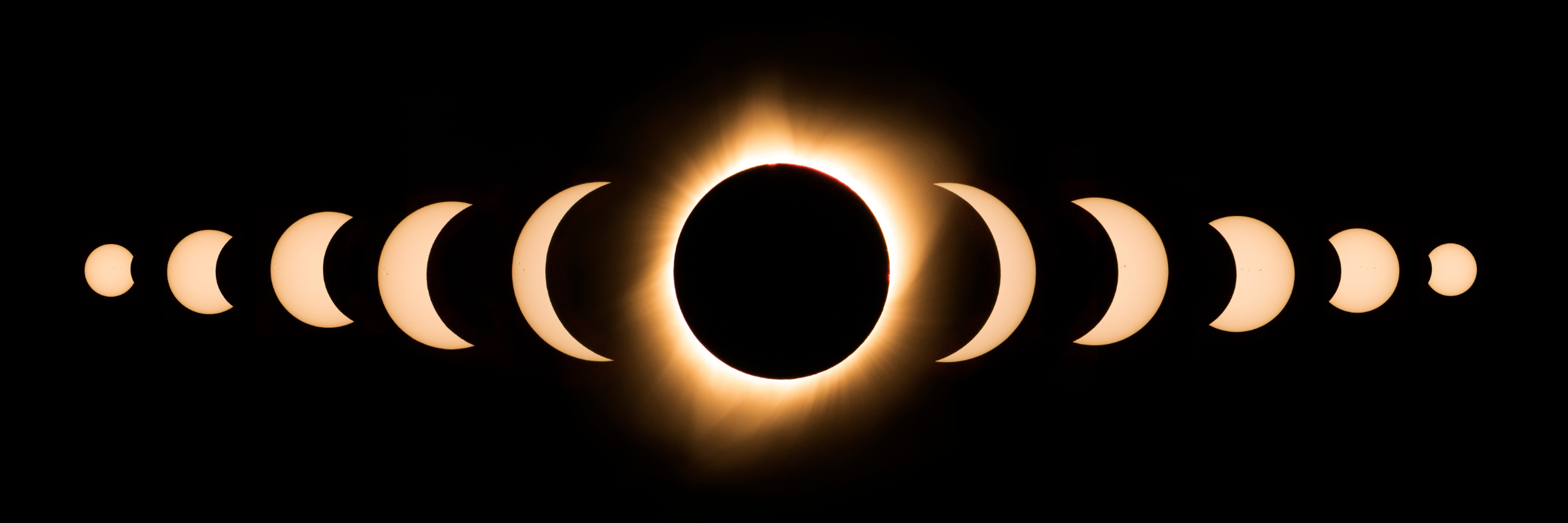
What is a Solar Eclipse?
A solar eclipse is caused by the moon passing between the sun and Earth, casting a shadow over Earth. When the moon crosses the ecliptic — Earth's orbital plane — it is known as a lunar node. The distance at which the new moon approaches a node will determine the type of solar eclipse. The type of solar eclipse is also affected by the moon's distance from Earth and the distance between Earth and the sun.
A total solar eclipse occurs when the moon passes between the sun and Earth, completely obscuring the face of the sun. These solar eclipses are possible because the diameter of the sun is about 400 times that of the moon, but also approximately 400 times farther away.
An annular solar eclipse occurs when the moon passes between the sun and Earth when it is near its farthest point from Earth. At this distance, the moon appears smaller than the sun and doesn't cover the entire face of the sun. Instead, a ring of light is created around the moon.
A partial solar eclipse occurs when the moon passes between the sun and Earth when the trio is not perfectly aligned. As a result, only the penumbra (the partial shadow) passes over you, and the sun will be partially obscured.
A rare hybrid solar eclipse occurs when the moon's distance from Earth is near its limits for the inner shadow — the umbra — to reach Earth and because the planet is curved. Hybrid solar eclipses are also called annular-total (A-T) eclipses. In most cases, a hybrid eclipse starts as an annular eclipse because the tip of the umbra falls just short of making contact with Earth; then it becomes total because the roundness of the planet reaches up and intercepts the shadow's tip near the middle of the path, then finally it returns to annular toward the end of the path.
October 14, 2023 - Partial Eclipse
This annual eclipse will have a centerline that passes across Texas up through Oregon. For us here in Arkansas, we’ll see about a 70% eclipse which will occur from roughly 10:30 am – 1:30 pm.
April 8, 2024 - Total Solar Eclipse
This is the best eclipse in the near future for Arkansas. The eclipse starts in Maine, and cuts across Arkansas and down into Texas. The centerline runs from NE Arkansas, through Russellville, and exits the state around De Queen. The area of totality will extend from Ft. Smith over to the Little Rock area. Those on the centerline will experience more than 4 minutes of totality! The eclipse will begin around 12:30 p.m. Totality will last from 1:51-1:55 p.m. It will end at around 3:10 p.m.
Viewing an Eclipse
Never look at the sun without proper eye protection. It is never safe to look directly at the sun's rays even if the sun is partly obscured because they contain harmful ultraviolet (UV) and infrared (IR) rays that can damage your eye's retina and even cause blindness.
Never use regular sunglasses to observe the sun. The only safe way to look directly at the sun is through specifically designed solar filters, using solar eclipse glasses for direct viewing and solar filters for telescopes and binoculars.
A safe way to view a solar eclipse is to construct a "pinhole camera." A pinhole or small opening is used to form an image of the sun on a screen placed about 3 feet (or about 1 meter) behind the opening. Binoculars or a good telescope mounted on a tripod can also be used to project a magnified image of the sun onto a white card. The farther away from the card, the larger you can focus the image. Look for sunspots. Notice that the sun appears somewhat darker around its limb or edge. This method of solar viewing is safe so long as you remember not to look through the binoculars or telescope when they are pointed toward the sun; put another way, never look directly at the sun when any part of its blindingly bright surface is visible.
Tips for Viewing
-
Get your eclipse glasses early!
-
Learn the simple methods to safely view a solar eclipse. Visit eclipse.aas.org/eye-safety for detailed instructions.
-
Plan ahead. If you choose to stay in a hotel, be aware that most will sell out.
-
Get to your destination early and try to spend the night at or near your viewing location. Expect the highways and freeways to be extra busy in the aftermath of totality.
-
Be self-sufficient. Fill up your gas tank and bring food and water.
-
Check the local TV weather reports as eclipse day approaches. The meteorologists will give you great advice on viewing the eclipse and whether you may need to relocate.
-
Unless you are an experienced photographer, we recommend that you not attempt photography during the eclipse.
